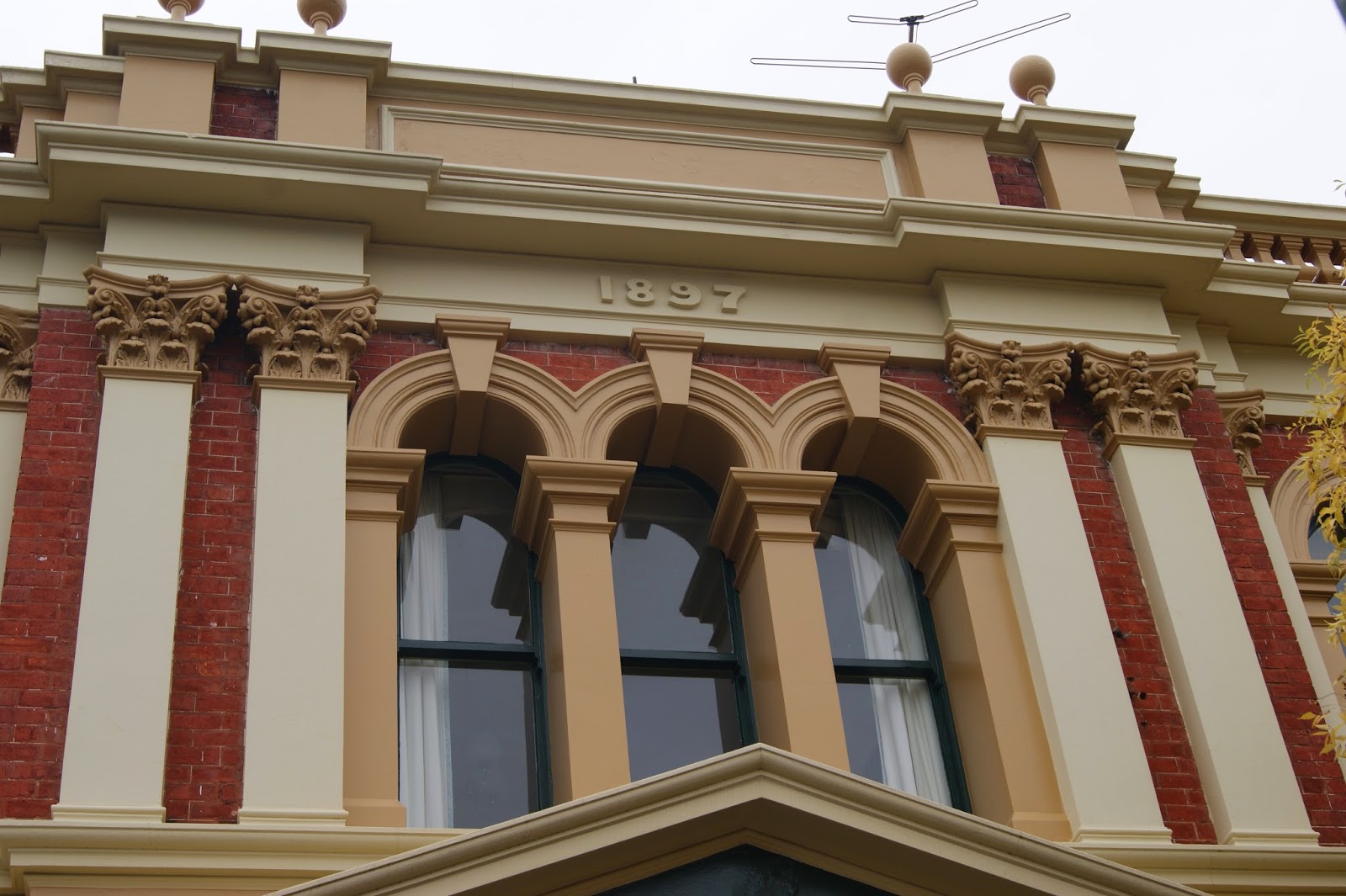Just prior to this period, following on from the granting of self government for the colony in 1856, local councils began to be introduced in Tasmania. The residents of both New Town & Glenorchy were both wanting to form municipality's based around their town and disputes ensued around where the locations of boundaries between the two should be. By 1864, the New Town Rivulet was declared to be the southern boundary of Glenorchy. This meant the northern section of New Town became part of Glenorchy although it continued to be known as New Town.
Although all of this took place over a fairly short space of time, it would take another 30 odd years for the New Town municipal board to be finally established. In 1892 the municipal board was established under the name of the New Town Town Board. At this time, New Town had about the 3rd or 4th largest population in the colony but the area contained no public buildings at all. Following public meetings regarding the development of public buildings submissions for competitive designs were invited in 1896 with Thomas Searell being ultimately declared the winning architect.
By May 1896, the Town board published notices of its intention to borrow funds to pay for the construction of the new buildings. The requirements of the Local Bodies Loans Act indicated that boards were forbidden to proceed with loans if one third of their ratepayers opposed the loan. Unfortunately for the board, it was around this time that some local ratepayers, feeling cost sensitive, began to oppose what they believed was an unnecessary expense. The 804 ratepayers in New Town were asked to vote on the loan in June 1896 and in a cliff hanger result, 266 votes were recorded against the loan - 33.1%! Incredibly close to the one third that would have scuttled the project.
Tenders were called for the construction and the contract was awarded to Messrs R & J Duff. In an ironic twist, cost increases meant that a hall for large gatherings could not be included in the initial construction, although it would have been possible to add this to the rear of the front offices at a later date. It was the absence of a public venue suitable for large gatherings that had been the major driving force for the construction of the new building. The New Town Town Hall was officially opened in December 1897. It became an impressive landmark building on New Town Road.
However, it seems the building was only to serve the New Town community for a short period of time as the seat of its local administration. In 1908, the New Town Town Board was replaced by the newly formed New Town Municipal council which was responsible for a much larger area including parts of Mt Stuart and Lenah Valley. By January 1920, the New Town Municipal Council was amalgamated into Greater Hobart and the Hobart City Council owned the building until after the Second World War..
The building, still in immaculate condition and a real landmark along New Town Road, is now used as private office space. It would be interesting to know how many of the local peoples would realize the original history of this magnificent building and it's place in the development of New Town.
Main Text & Information Source -
"The Story Of New Town - Street By Street" - Donald Howatson 2011












